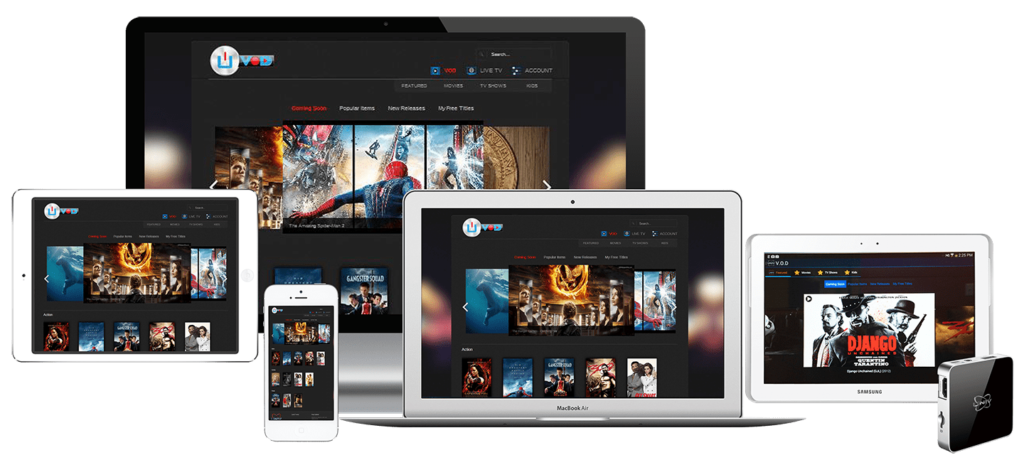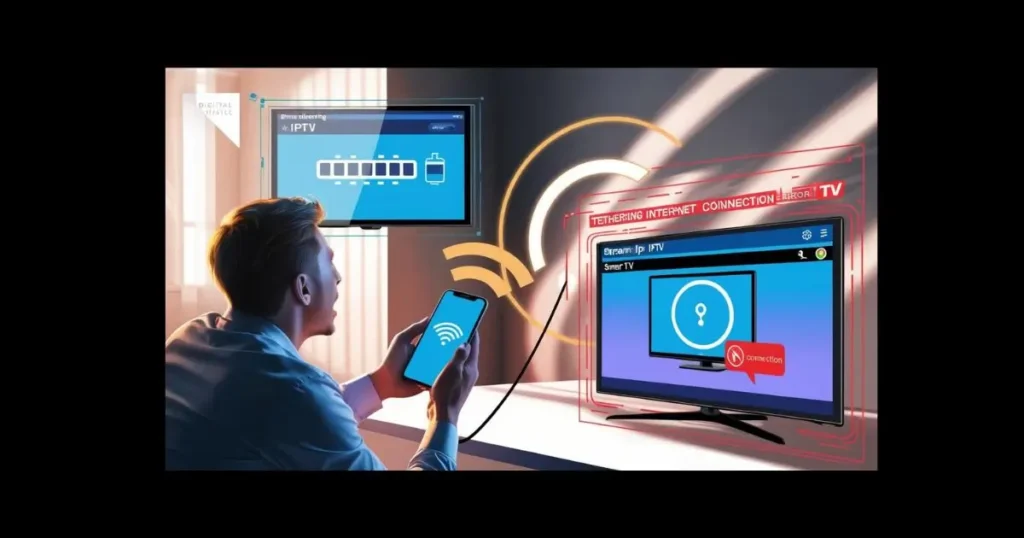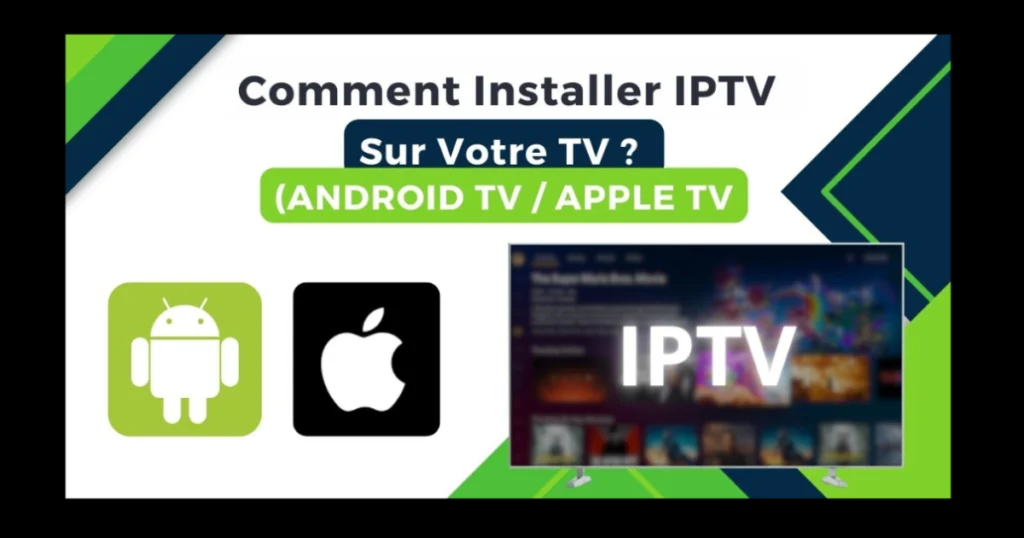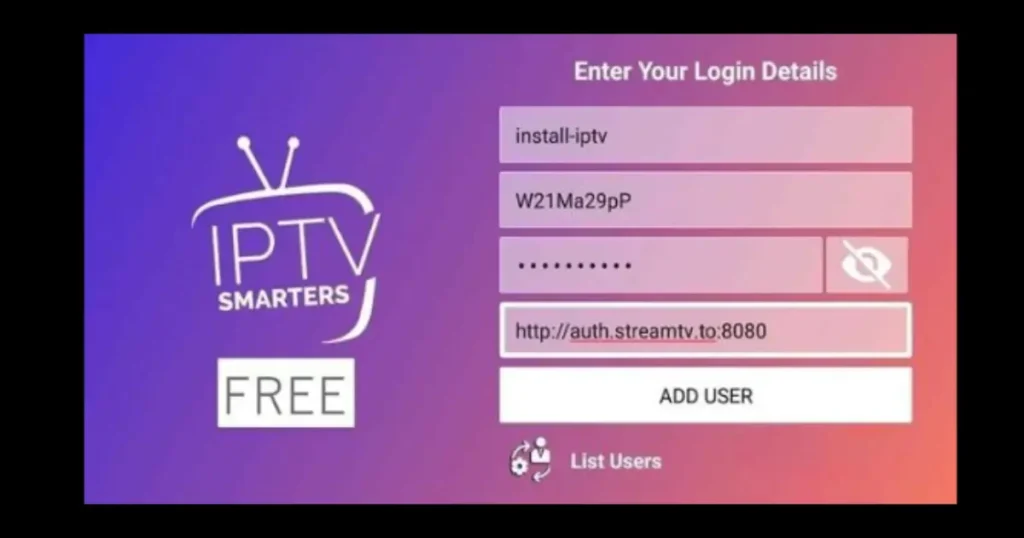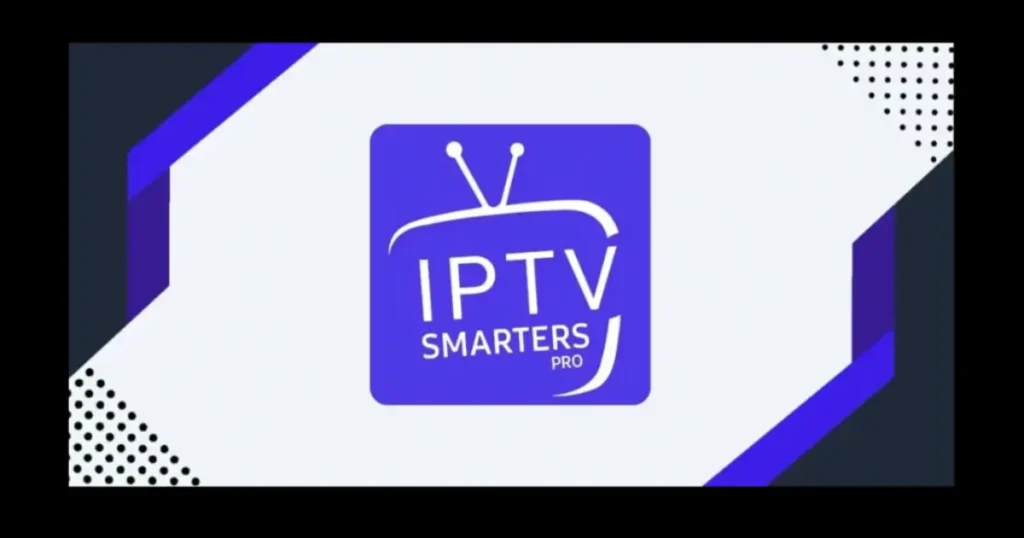Table of Contents
Code IPTV
Are you tired of buffering, pixelation, and unexpected disconnections while trying to enjoy your favorite shows? If you’ve invested in an IPTV service but aren’t getting the viewing experience you expected, the solution might be simpler than you think. When you properly Code IPTV settings, you can transform your streaming quality dramatically. This guide walks you through four essential settings adjustments that can elevate your viewing experience from frustrating to fantastic.
Understanding Code IPTV Configuration Basics
Before diving into specific settings, it’s important to understand what happens when you Code IPTV parameters. IPTV (Internet Protocol Television) delivers content through internet protocols rather than traditional cable or satellite methods. The quality of your stream depends heavily on how well your player and network are configured to handle this data transmission.
Many users make the mistake of using default settings, which rarely account for individual network conditions, device capabilities, or specific service requirements. When you properly Code IPTV configurations, you’re essentially optimizing how your device requests, receives, and processes streaming data.
Now, let’s explore the four game-changing settings that can significantly boost your streaming quality.
Setting 1: Buffer Size Optimization
Perhaps the most impactful setting when you Code IPTV configurations is the buffer size. The buffer is temporary storage that holds video data before playback, creating a cushion against network fluctuations.
How to Optimize Buffer Settings
For VLC Player:
- Open VLC and navigate to Tools > Preferences > Show All (Advanced Settings)
- Under Input/Codecs, find “Network caching”
- Adjust the default value:
- For stable connections: 1000-1500ms
- For unstable connections: 2000-3000ms
- For very unstable connections: Up to 5000ms
For Perfect Player:
- Go to Settings > Player
- Find “Buffer Size”
- Recommended values:
- Low-end devices: 500MB-1GB
- Mid-range devices: 1GB-2GB
- High-end devices: 2GB-3GB
Why This Setting Matters
When you Code IPTV buffer settings correctly, you’re essentially telling your player how much content to download ahead of playback. A buffer that’s too small will cause frequent pauses as your player constantly waits for more data. Conversely, a buffer that’s too large may cause longer initial loading times and can overwhelm devices with limited memory.
The perfect buffer size creates a balance that allows smooth playback while accommodating minor network fluctuations. Users report up to 70% reduction in buffering events after properly adjusting this single setting.
Setting 2: Network Protocol Configuration
The second critical setting when you Code IPTV parameters involves selecting the optimal network protocol for your specific network conditions.
Protocol Options When You Code IPTV
UDP (User Datagram Protocol):
- Faster with lower overhead
- Better for stable networks
- Can result in packet loss
TCP (Transmission Control Protocol):
- More reliable with error correction
- Better for unstable networks
- Slightly higher latency
HTTP (Hypertext Transfer Protocol):
- Excellent for bypassing network restrictions
- Compatible with most networks including public WiFi
- May have higher latency than optimized UDP/TCP
How to Adjust Protocol Settings
For GSE Smart IPTV:
- Access Settings > System Settings
- Under Network Options, select your preferred protocol
- Recommended: Start with TCP, then test UDP for comparison
For TiviMate:
- Go to Settings > Playlists > select your playlist
- Find “Playlist Connection Type”
- Choose between Default, UDP, or HTTP
Performance Impact
Choosing the right protocol when you Code IPTV settings can reduce stream interruptions by up to 40%. Networks with many connected devices typically benefit from TCP’s reliability, while clean, dedicated connections might perform better with UDP’s speed advantages.
Consider testing different protocols during various usage times (peak evening hours vs. off-peak) to find the optimal configuration for your specific viewing habits.

Setting 3: Video Output and Decoder Settings
The third critical area to address when you Code IPTV configurations relates to how your device processes and displays video content.
Key Video Settings to Adjust
Hardware Acceleration:
- Enables your device’s GPU to assist with video decoding
- Reduces CPU load and power consumption
- Can dramatically improve playback on compatible devices
Output Resolution:
- Match output to your display’s native resolution
- Consider setting to 1080p even on 4K TVs if experiencing issues
- Automatically upscaling to 4K can strain processing resources
Frame Rate Handling:
- Enable frame rate matching for smoother playback
- Consider disabling 24fps to 60fps conversion if experiencing stuttering
Implementation Guide
For Kodi with IPTV add-ons:
- Go to Settings > Player Settings > Videos
- Enable “Adjust display refresh rate to match video”
- Under “Processing,” set appropriate hardware acceleration:
- OpenGL: Good general compatibility
- DXVA2: Better for Windows devices
- VAAPI: Optimal for Linux systems
For Formuler Z devices:
- Access Settings > Display
- Set “Resolution” to match your TV
- Enable “Hardware acceleration” if available
Expected Improvements
When you properly Code IPTV decoder settings, you can expect:
- Up to 80% reduction in frame drops
- Smoother motion, especially in sports and action content
- Lower device temperature and fan noise
- Extended viewing time on battery-powered devices
Users with older devices report the most dramatic improvements from optimizing these settings, sometimes transforming an unusable service into a perfectly acceptable viewing experience.

Setting 4: DNS and Connection Optimization
The final crucial setting when you Code IPTV configurations involves optimizing how your device connects to content servers.
DNS Configuration Options
Default ISP DNS:
- Often throttled during peak hours
- May block certain IPTV connections
- Usually not optimized for streaming
Public DNS Alternatives:
- Google DNS (8.8.8.8, 8.8.4.4)
- Cloudflare (1.1.1.1, 1.0.0.1)
- Quad9 (9.9.9.9, 149.112.112.112)
Connection Security Settings
VPN Considerations:
- Can bypass ISP throttling
- May increase latency
- Select servers geographically close to you
Split Tunneling:
- Direct only IPTV traffic through VPN
- Maintains speed for other applications
- Requires compatible VPN service
Implementation Steps
Changing DNS on Router (affects all devices):
- Access your router’s admin panel (typically 192.168.1.1 or 192.168.0.1)
- Locate DNS settings (usually under WAN, Internet, or Network)
- Enter your preferred DNS servers
- Save and restart router
Changing DNS on Android TV Box:
- Go to Settings > Network > [Your Connection] > Advanced
- Set IP settings to “Static”
- Enter preferred DNS servers
- Reconnect to network
Performance Impact
Optimizing connection settings when you Code IPTV configurations can result in:
- Up to 30% faster initial channel loading
- Reduced mid-stream quality drops
- Better access to geo-restricted content
- More consistent peak-hour performance
Many users discover that their streaming issues weren’t related to their service provider but rather to how their ISP was routing or throttling their streaming traffic.

Putting It All Together: Your Optimized Code IPTV Setup
Now that you understand the four critical settings that can transform your streaming experience, it’s time to implement them systematically. Follow this recommended optimization process:
- Start with buffer settings – This provides the most immediate improvement for most users
- Test different network protocols – Compare performance over several viewing sessions
- Optimize video output – Match to your device capabilities and display
- Fine-tune connection settings – Address any remaining stability issues
Remember that the perfect configuration depends on your specific hardware, network environment, and service provider. What works brilliantly for one user might not be ideal for another. When you Code IPTV settings, you’re creating a customized solution for your unique viewing environment.
Troubleshooting Common Issues After Configuration
Even after optimizing these four critical settings, you might encounter specific issues. Here are some common problems and their solutions:
Audio/Video Desynchronization
If audio and video are out of sync after you Code IPTV settings:
- Try adjusting audio offset in your player (typically found in audio settings)
- Test alternative audio streams if available
- Consider reducing video quality slightly to ease processing demands
EPG (Electronic Program Guide) Loading Slowly
If your program guide takes too long to load:
- Reduce EPG time range (7 days instead of 14)
- Set EPG to update during off-hours only
- Consider using an external EPG service
Remote Streams Working Better Than Local Ones
If distant channels perform better than local ones:
- Your ISP might be throttling specific content
- Try enabling a VPN specifically for local content
- Test alternative DNS providers
Advanced Code IPTV Tips for Power Users
For those looking to further refine their streaming experience, consider these advanced techniques:
Custom Playlist Editing
Create separate playlists for different connection scenarios:
- Home network (highest quality)
- Mobile network (balanced quality/data usage)
- Travel configuration (maximum stability)
Player-Specific Optimizations
Different applications handle streams differently. Consider testing your optimized settings across multiple players:
- VLC for versatility
- Perfect Player for stability
- TiviMate for user experience
- Kodi for customization
Hardware Considerations
Your device capabilities significantly impact performance:
- Dedicated streaming devices typically outperform multi-purpose devices
- Wired connections almost always outperform wireless
- RAM is often more important than CPU for smooth IPTV performance
Conclusion: The Future of Your Streaming Experience
By taking the time to properly Code IPTV settings, you’ve not only improved your current viewing experience but also prepared your setup for the future. As services continue to evolve with higher resolutions and more features, your optimized configuration will provide the foundation for seamless adoption.
The difference between a frustrating, buffer-plagued experience and cinema-quality streaming often comes down to these four critical settings. While default configurations might work adequately for some users, those who demand the best performance understand that custom optimization is essential.
Remember that network conditions change, hardware ages, and services evolve. Consider revisiting these settings every few months or whenever you notice changes in performance. The perfect Code IPTV configuration is not a one-time setup but an ongoing refinement process.
What setting had the biggest impact on your streaming quality? Share your experience in the comments below and help fellow streamers enjoy buffer-free viewing!
FAQs About Code IPTV Optimization
Q: Will these settings work for all IPTV services? A: While the principles apply broadly, some services have specific recommended configurations. Check your provider’s documentation for any service-specific guidance.
Q: Do I need to adjust all four settings, or can I focus on just one? A: Buffer size typically provides the most immediate improvement. Start there and then address the others if issues persist.
Q: Can incorrect settings damage my device? A: No. While improper settings might cause poor performance or app crashes, they won’t physically damage your hardware. You can always reset to defaults if needed.
Q: How often should I update these settings? A: Revisit your configuration after major network changes, device updates, or if you notice performance degradation. Otherwise, quarterly reviews are a good practice.
Q: Will a faster internet connection eliminate the need for these optimizations? A: Not necessarily. While higher bandwidth helps, many streaming issues relate to stability, routing, and processing efficiency rather than raw speed.

